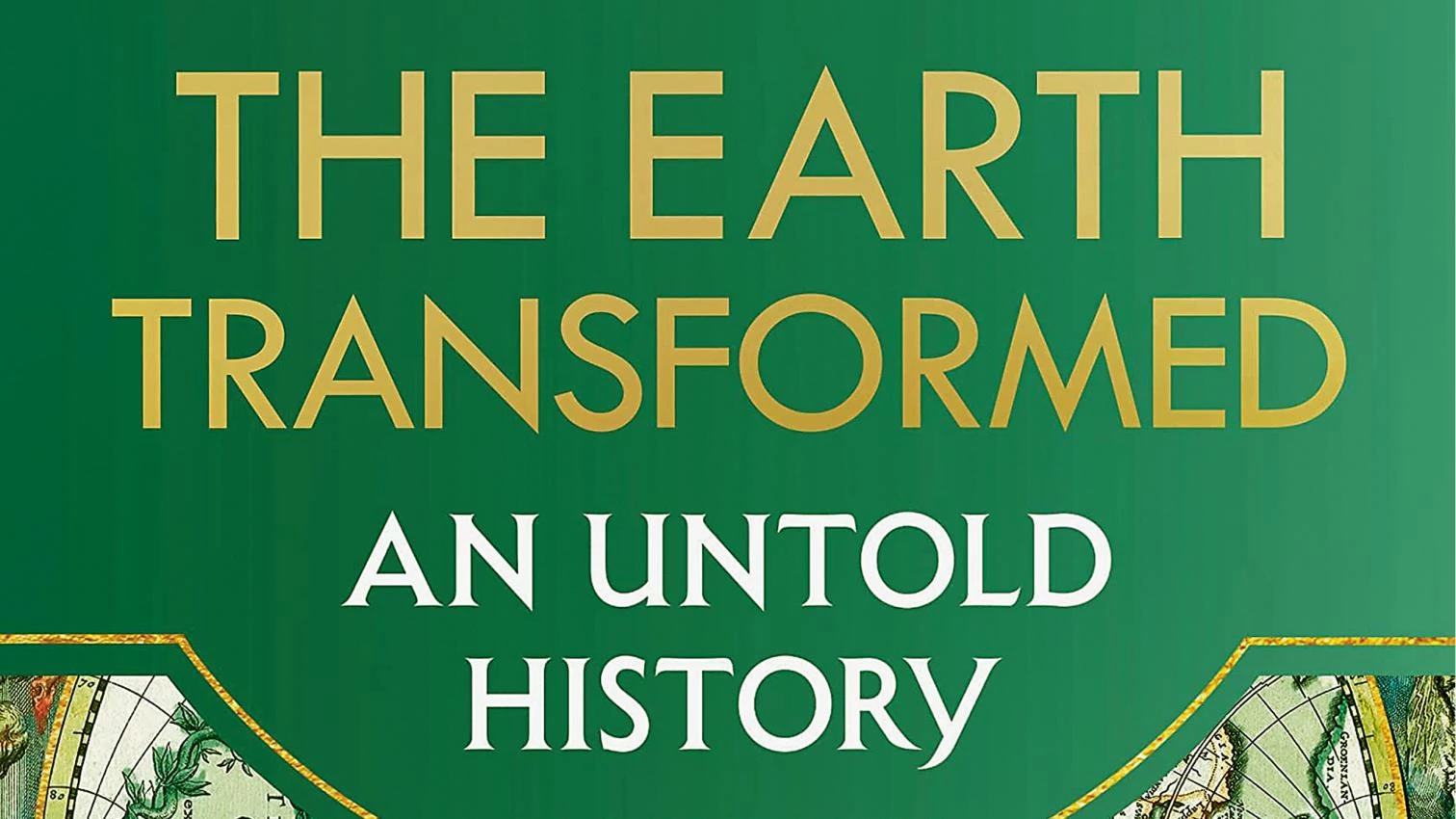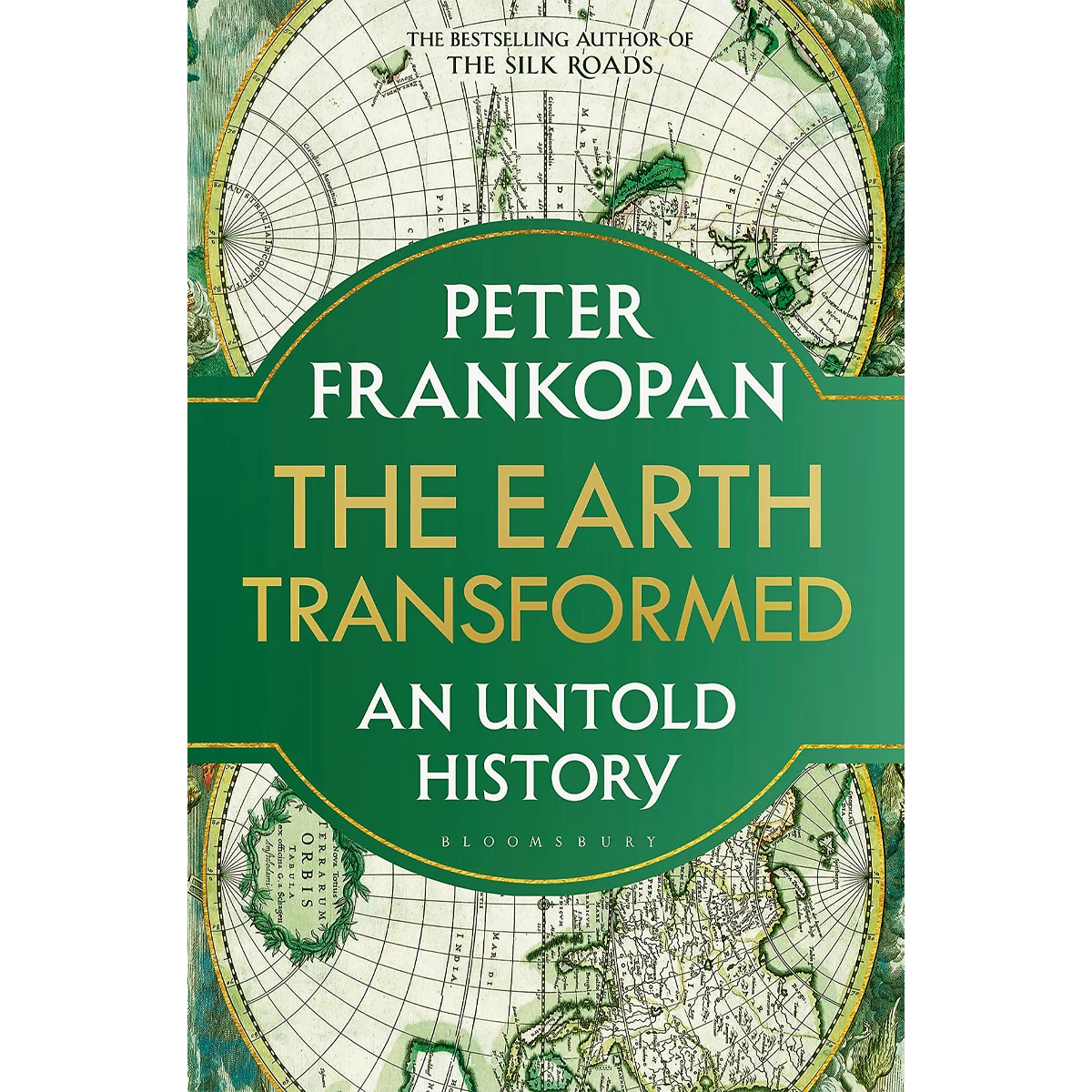
Peter Frankopan is Professor of Global History at Oxford, and his works have a dimension commensurate with his planetary themes. The Silk Roads: A New History of the World (2015) was a bestseller which spread the world’s history onto zones like the Central Asia that figure so little in conventional narratives; The New Silk Roads: The Present and Future of the World (2018) expanded this project with the ambition expressed in the subtitle; and The Earth Transformed: An Untold History (2023) tackles the environmental history of the globe, from the Big Bang to the Ukraine war, in a hefty 736-pager that excludes over 200 pages of notes accessible only online.
The volume’s titanic scale and its author’s agile prose will make it a reference work on the influence that climate and natural disasters have had on the political, economic, and social transformations humanity has undergone. This despite its not being “an untold history”: numerous books have been written on the matter, from the very popular Guns, Germs, and Steel: The Fates of Human Societies (1997) by Jared Diamond – who is not even mentioned – to the whole series of contributions to Big History and Deep History we reviewed here in 2019 (‘Great Histories,’ Arquitectura Viva 219). Two episodic mentions of Braudel and Duby are practically the only gestures whereby he acknowledges his debt to other historians, owing perhaps to a determination to avoid academic scaffolding in a text essentially directed at the general public, which will find the pages rich in data and anecdotes, always well documented but not in all cases well woven into a consistent narrative.
In fact, more than a big history, The Earth Transformed is a huge accumulation of superposed histories, organized in more or less chronological 24 chapters. It starts out by explaining how climate changes allowed life to appear on the planet, and dramatically ends with a conclusion penned in the extreme summer of 2022, where to climate change he adds the other ‘horrors’ that can threaten humanity’s very existence in the course of the century, including nuclear conflict but also water wars, solar storms, asteroid impacts, and especially volcanic activity. And quoting a British government source, he affirms that the climate problem will not be solved by human action but by nature itself, reducing the population catastrophically through hunger, disease, or conflict. “Perhaps we will find our way back there through peaceful means; a historian would not bet on it.”
For someone who, as told in the introduction, lived for a long time with a bag at his bedside containing survival gear (including chocolate, woolen gloves, and a Swiss knife), this is a conclusion to expect. But before getting to this point, the reader can enjoy the account of the Roman and Medieval Warm Periods, the Little Ice Age from the 16th to the 18th centuries, the climate origins of the Great Divergence that separated the West from the rest of the world, and the Little Divergence that opened a crack between Europe’s north and south, in addition to locust plagues, cholera epidemics, and the exploitation of guano, not to mention the link between lemon farming in Sicily to prevent scurvy in ship crews and the rise of the Mafia, or the prediction of the disappearance of the Mediterranean diet or of “famous nightclubs of Ibiza” as the region’s climate becomes more torrid. At any rate, beyond the anecdotal or useful nuggets of information that backstitch the text, Frankopan’s book meritoriously compiles a good number of research papers, and broadens our horizons traveling through places usually ignored by the canonical histories of the West.







